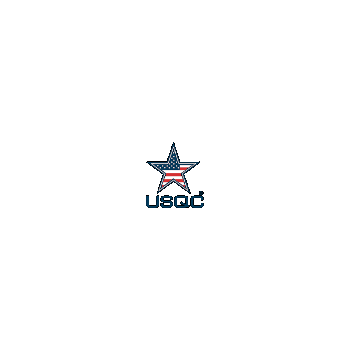Welding Inspection
Duration: HRS
What is a weld inspection?
Many characteristics of a weld can be evaluated during welding inspection - some relating to weld size, and others relating to the presence of weld discontinuities. The size of a weld can be extremely important, as it often relates directly to the weld's strength and performance. For instance, undersized welds may not withstand stresses applied during service.
Depending on their size and/or location, weld discontinuities (imperfections within or adjacent to the weld) can prevent the weld from meeting its intended performance. Weld discontinuities are often referred to as welding defects, and they can sometimes cause premature weld failure due to a reduction of strength or added stress concentrations within the welded component.
Weld inspections are conducted for several reasons, the most common of which is to determine whether the weld is of suitable quality for its intended application. To evaluate the quality of a weld, you must first have criteria to which you can compare the weld's characteristics. Codes and standards developed specifically for a variety of welding fabrication applications are used during welding inspections to dictate what levels of weld discontinuities are acceptable. It is important to choose a welding standard that is intended for use within your industry or application.
Quality acceptance criteria can originate from several sources. The welding fabrication drawing or blueprint will typically provide sizes and other dimensional information, such as length and location of welds. These dimensional requirements are typically established through design calculations or are taken from proven designs known to meet the performance requirements of the welded connection.
The role of a welding inspector.
Welding inspection requires a wide variety of knowledge on the part of the inspector, including an understanding of welding drawings, symbols, and procedures; weld joint design; code and standard requirements; and inspection and testing techniques.
For this reason, many welding codes and standards require that the welding inspector be formally qualified. There are several welding inspection training courses and certification programs available. Certification as a welding inspector typically requires that you demonstrate your knowledge through a welding inspection exam.
Welding inspection methods.
Visual inspection.
If performed correctly, a visual inspection is often the easiest and least-expensive method for many applications. However, a good-looking weld doesn't always ensure internal quality, and discontinuities aren't always visible to the naked eye. Thus, additional methods are available, including those listed below.
Surface crack detection.
Used to detect fine cracks, seams, porosity, and other surface-breaking discontinuities, surface crack detection is usually applied using one of two methods: liquid penetrant inspection or magnetic particle inspection.
Radiographic and ultrasonic weld inspection.
In order to establish the integrity of a weld without destroying the welded component, these two nondestructive testing methods detect discontinuities within the internal structure of a weld.
Destructive weld testing.
As the name suggests, this inspection technique involves the physical destruction of the completed weld to detect various mechanical and physical characteristics.
A quality welding operation requires the establishment and control of a sound welding inspection program. With the proper technique, the right quality requirements and acceptance criteria, and experienced welding inspectors, you can build such a program.

